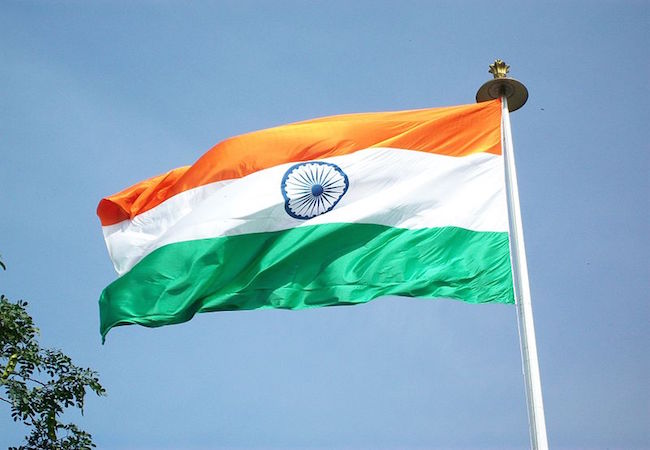
By Anaya Shahid
In December 2015, the Centre for Public Integrity (CPI) published several reports by Adrian Levy in which he highlighted for the international community the ambitions of a nuclear state — India — that can send the South Asian region back to the Stone Age. However, the so-called nuclear global guardians and western mainstream media channels did not take it seriously; perhaps they think that India as an ally will help contain China’s emerging status as the regional power. India’s developing world’s fastest growing Hydrogen Bomb Arsenal.
He enlightened how the Indian government is destroying the health and environment of its own people by draining highly radioactive wastes into rivers. We have already seen a Bhopal disaster by which hundreds are still effected till today and Indian nuclear program has always been referred as faulty in adopting the IAEA safeguards. Thus providing any further nuclear supplies to India probably can be a subject of nuclear disaster and the liability will also take down the credibility of nuclear suppliers.
Similarly, another concern he raised was the high risk of theft attached with growing Indian nuclear arsenal. Unquestionably, the indigenous separatist, terrorist and extremist organizations in India which are strongly grounded not only in major cities, but the political parties, police and Indian military; above all in Indian nuclear security and paramilitary forces – can get their hands on nuclear materials.
Most important concern here is that this material can be used to make a nuclear bomb and terrorize the region. Later on the famous blame game of Indian government and media will start after killing their own investigation officers to propagate jihadi factors.
Likewise recently, the Belfer Center at the Harvard Kennedy School has recently published a report exposing India’s efforts and the weaknesses in safeguarding its nuclear program. The authors of the report, Postdoctoral Fellow Kalman A. Robertson and Associate John Carlson at Project on Managing the Atom also suggested international community to look into this serious matter before it is too late.
The report says “It is often assumed that the Plan clearly and verifiably separates India’s nuclear facilities into two categories, civilian and military. The reality is that the Plan has produced three streams: “civilian safeguarded”, “civilian unsafeguarded”, and “military.”
Furthermore, “The relationships and overlap between the three streams are not transparent. Some civilian facilities, even when operating under certain provisions of India’s safeguards agreement with the International Atomic Energy Agency (IAEA), may contribute to India’s stockpile of unsafeguarded weapons-usable nuclear material.”
The authors are of the view that Pakistan concerns over the Indian nuclear weapons program expansion are justified. “Pakistan has reason to be concerned that India could use its unsafeguarded PHWRs to produce more nuclear weapons in the future.”
“Indeed, many of India’s PHWRs have reportedly been used as sources of weapons-grade plutonium for its military program, both through recovery from low burn up first irradiated fuel discharges and through at least one dedicated campaign in the late 1990s.”
While declaring India’s nuclear program unsafe the report says, “India also has five plus or minus three tons of unsafeguarded separated plutonium (and considerably more unsafeguarded spent fuel) from power reactors, which is available to its nuclear weapons program and could hypothetically be used to significantly increase the size of India’s nuclear arsenal.”
Additionally the report stated, “India has military nuclear facilities, which are primarily designed to produce fissile material for nuclear weapons and naval propulsion. India is currently expanding its fissile material production capability.”
The authors recommended that India should apply safeguards as reasonable assurances to all states especially Pakistan before mainstreaming into Nuclear Supplier Group. The report adds “Safeguards should be used to provide a meaningful assurance to all states, including Pakistan, that elements of India’s civilian nuclear buildup, particularly those that are being supported by international nuclear suppliers, are not contributing fissile material to India’s growing nuclear arsenal.”
Later concluding the report says, “India’s civilian nuclear power program is undergoing a significant expansion, thanks in part to a series of nuclear cooperation agreements concluded with other states over the last eight years.”
Epistemology of both these reports again generate the same old probability of nuclear arms race and nuclear war in South Asia initiated by India, however, this time with the acceptance of Pakistani reservations. The US Congress nowadays is moving towards a strong relationship with India in all aspects to contain China, unconcerned what the unbalanced strategic paradigm can do to the region.




